Sarajevo

Hotels with spa
A mix of the charming, the iconic and the modern.
See all
Radon Plaza
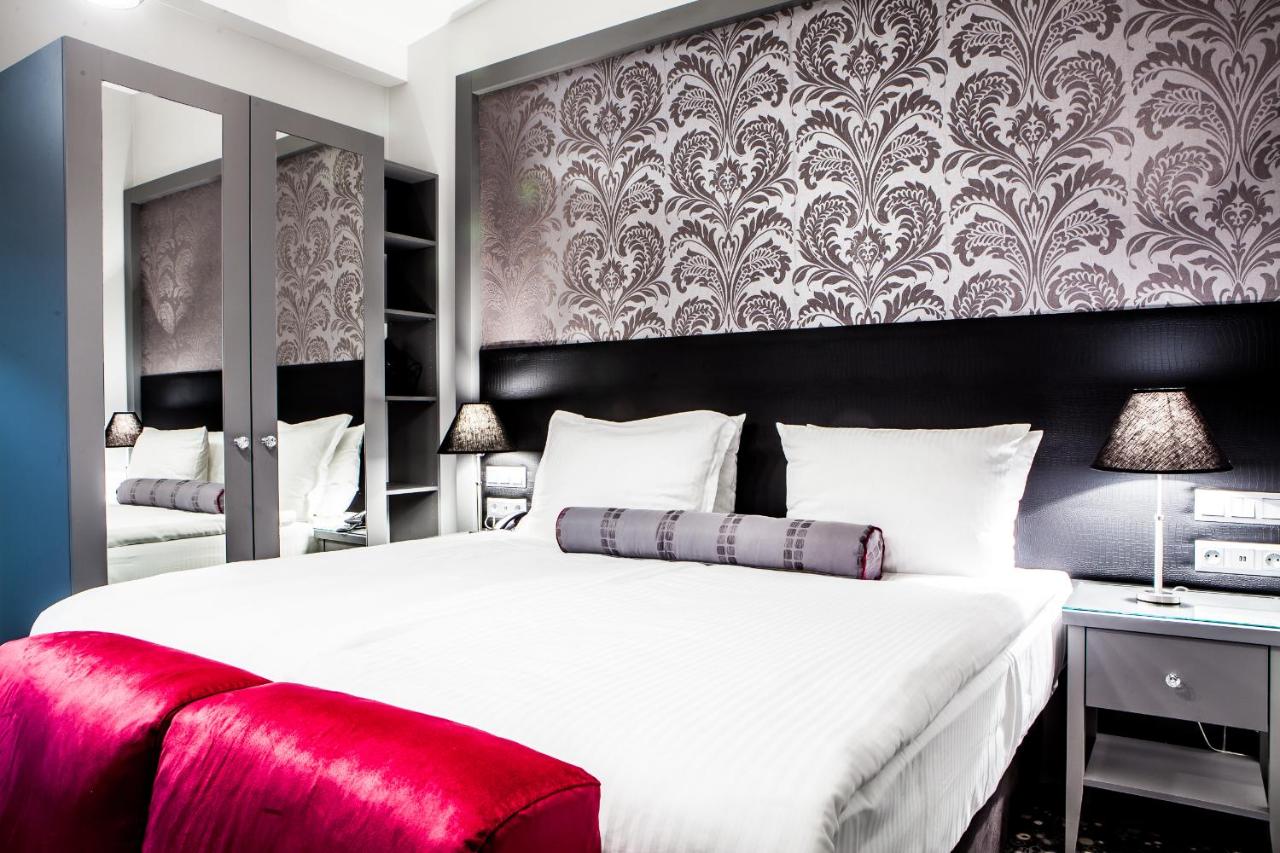
Hotel Central Sarajevo

Hollywood Hotel
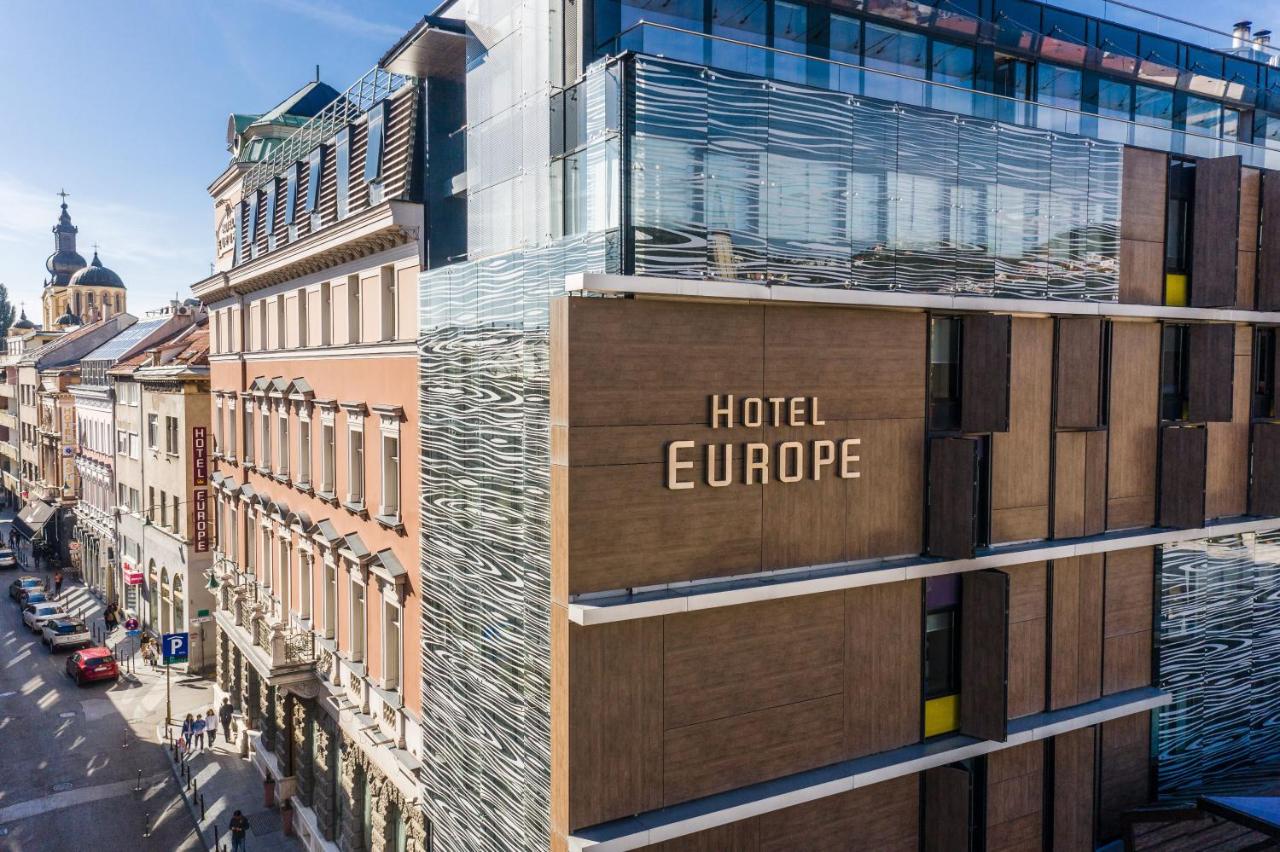
Hotel Europe
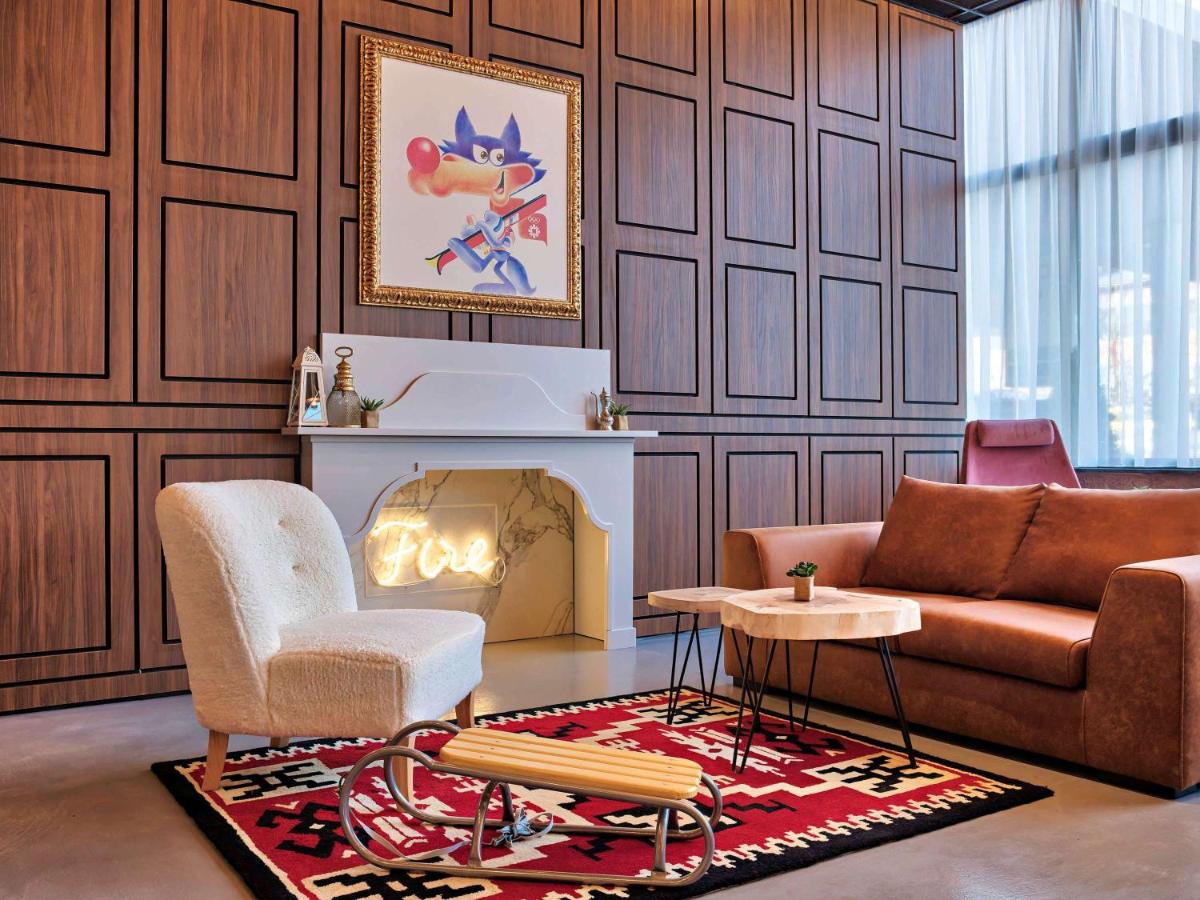
ibis Styles Sarajevo
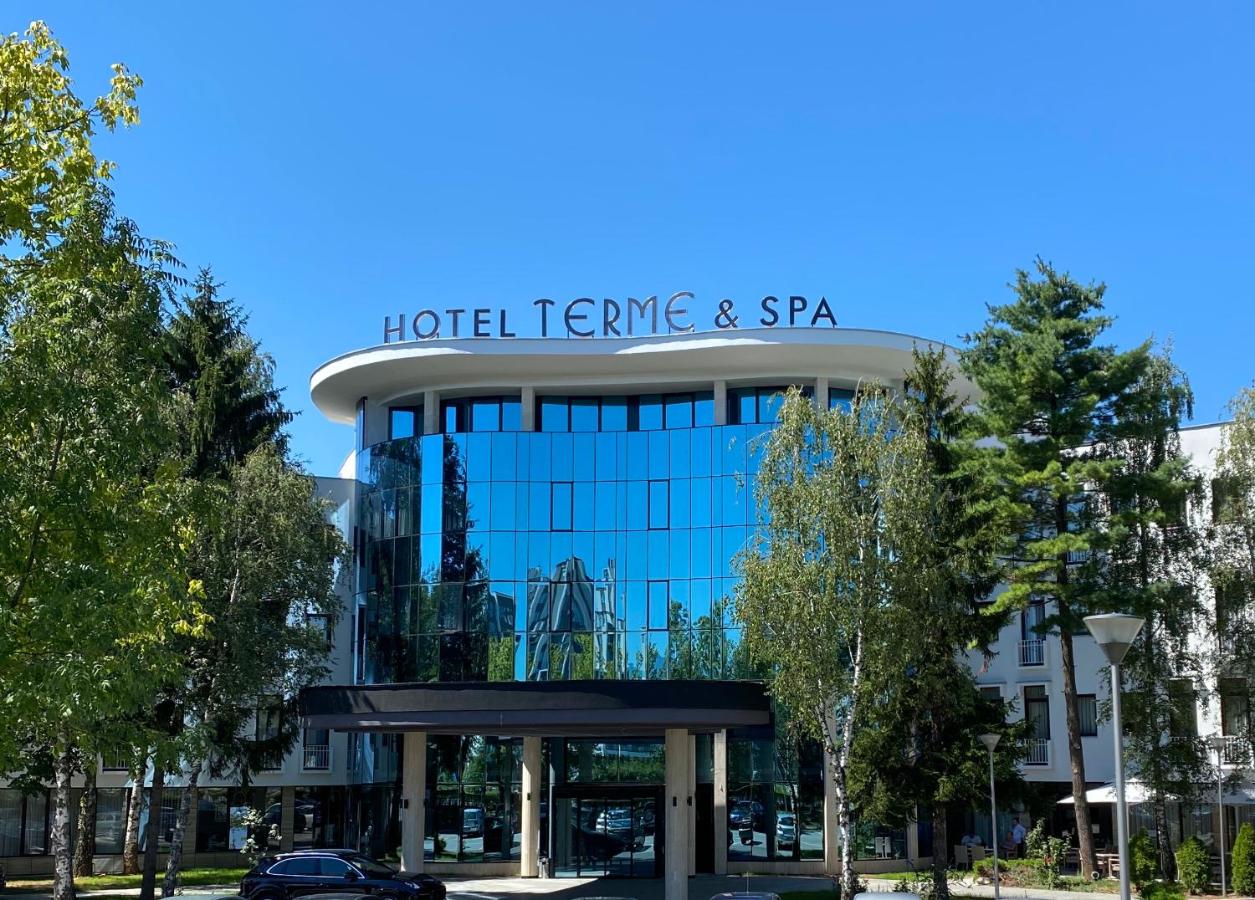
Spa Hotel Terme

Novotel Sarajevo Bristol
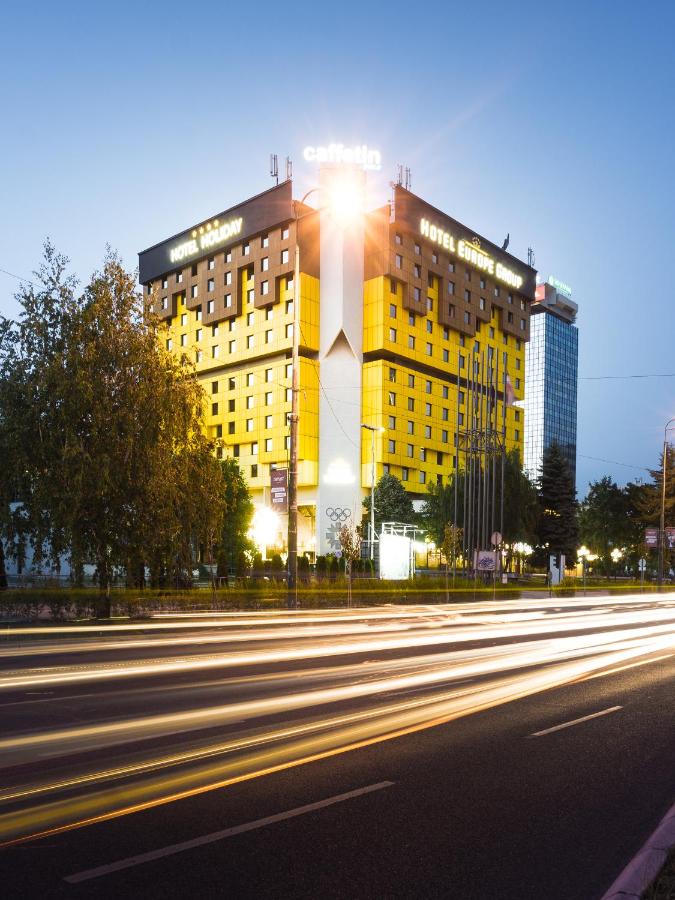
Hotel Holiday
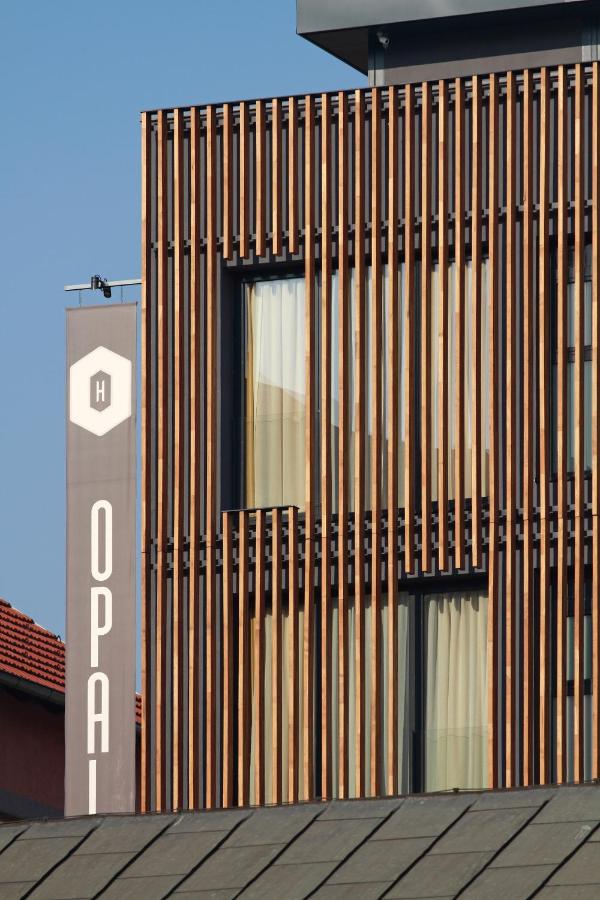
Hotel Opal Home

İsa Begov Hamam Hotel
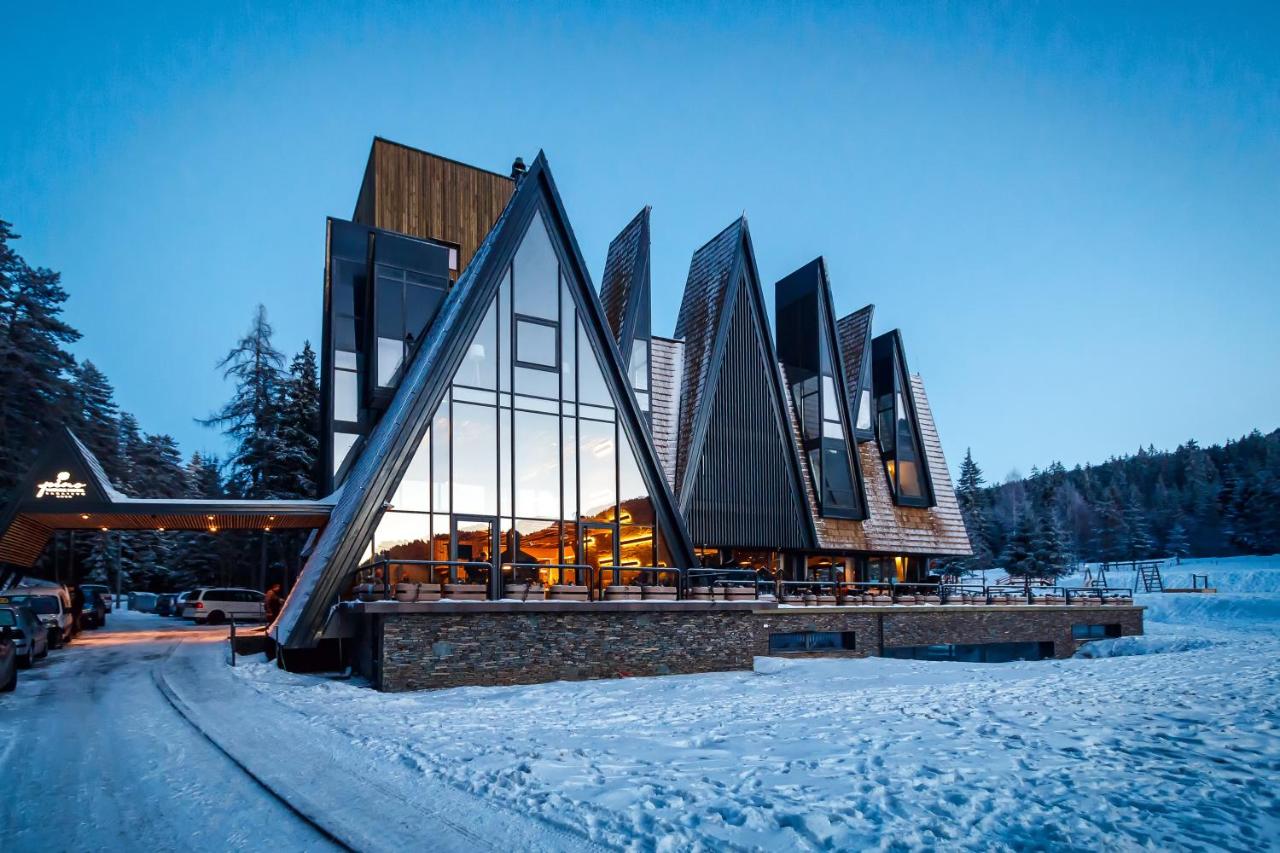
Pino Nature Hotel, BW Premier Collection
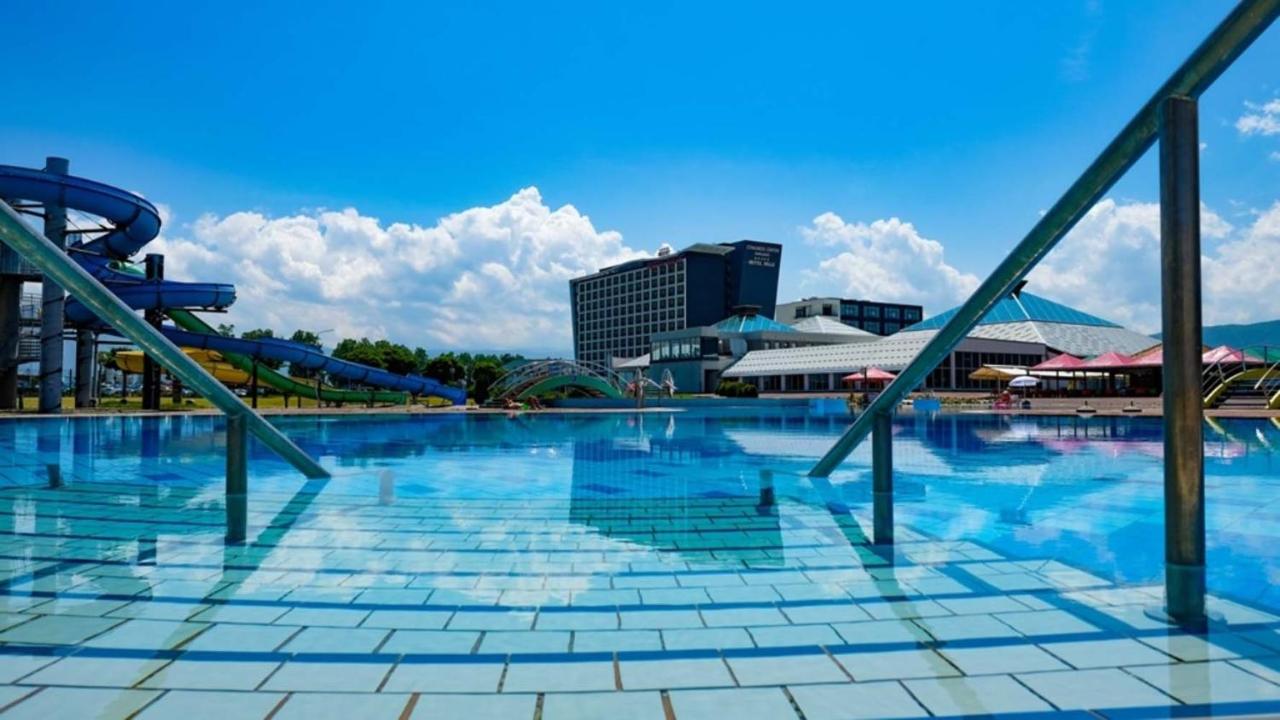
Hotel Hills Sarajevo Congress & Thermal Spa Resort
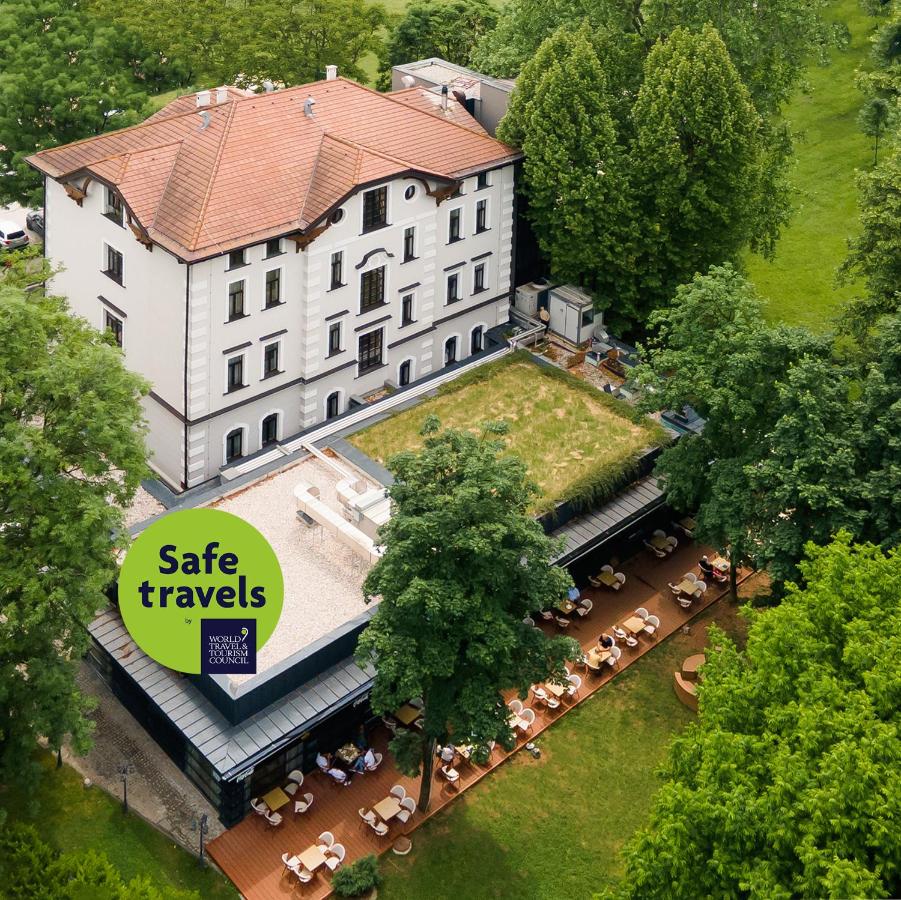
Heritage Hotel Krone
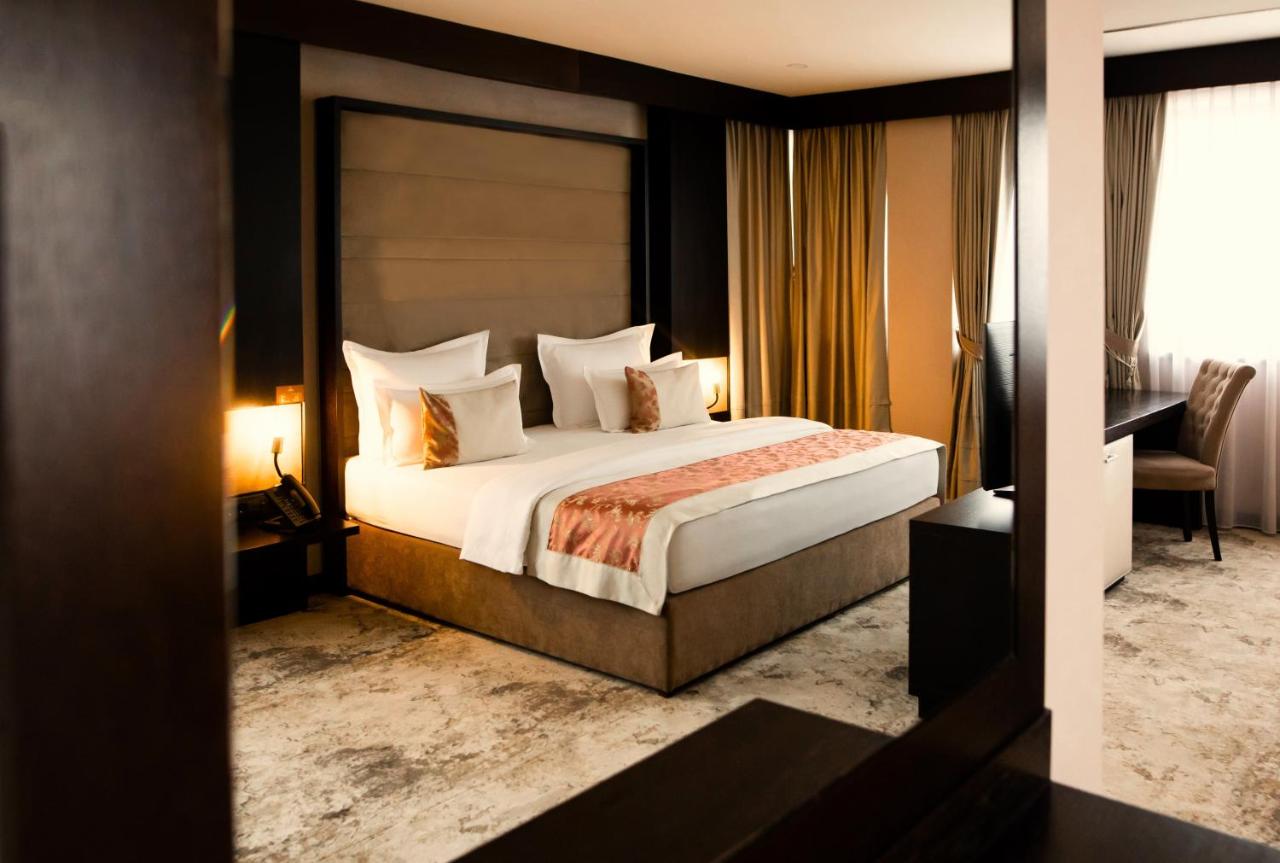
Malak Regency Hotel

Hotel Austria & Bosna

Hotel Koncept Residence

Swissotel Sarajevo
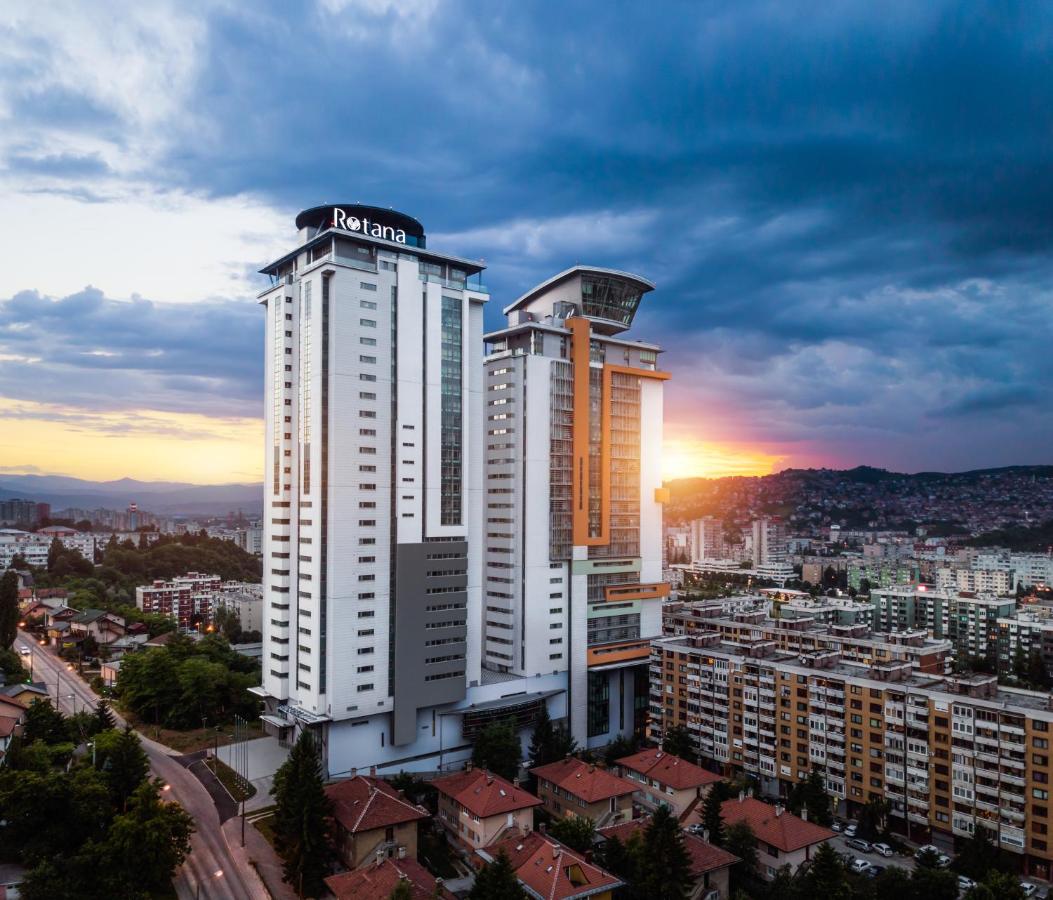
Bosmal Arjaan by Rotana
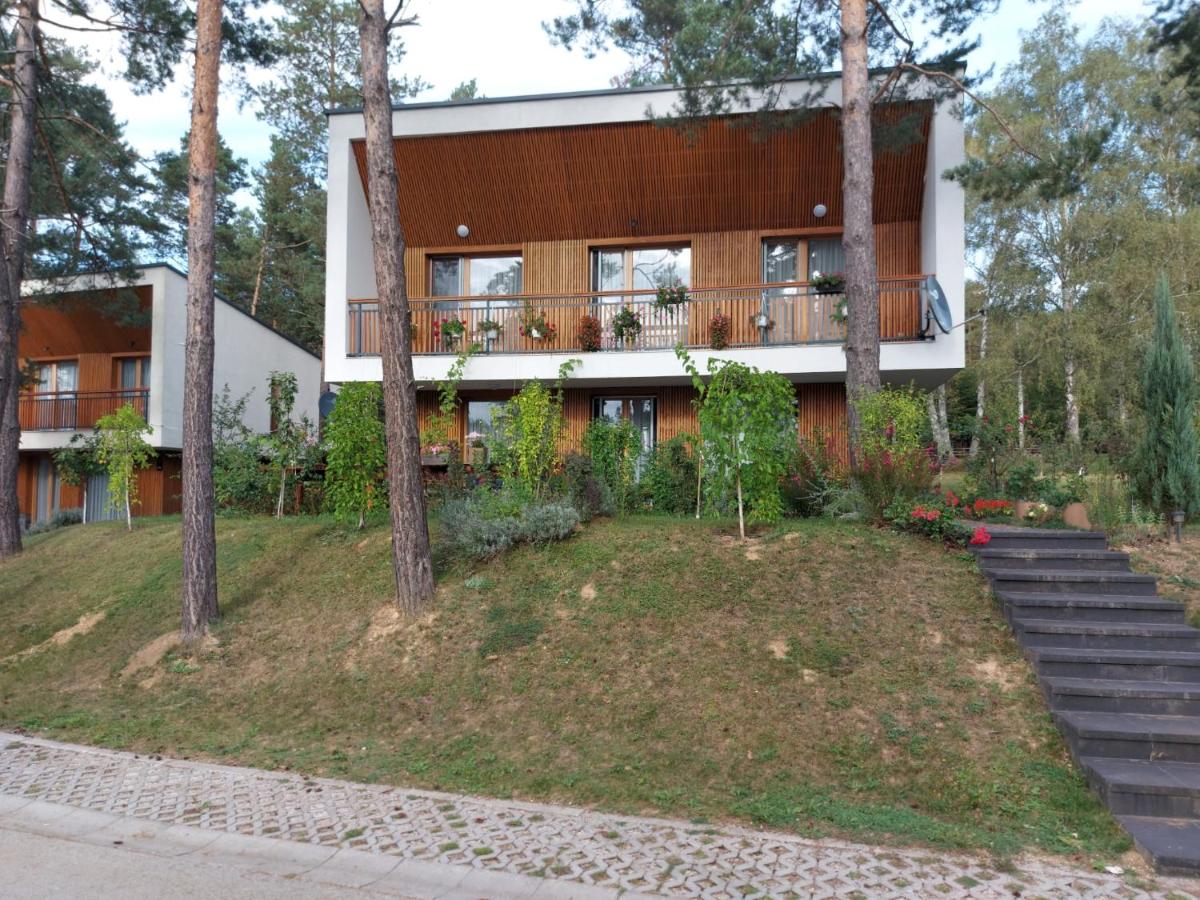
Tarcin Forest Resort Villa No 303
About the city
Discover Sarajevo's Top Attractions

Sarajevo is the capital city of Bosnia and Herzegovina, located in the heart of the Balkans. The city is known for its rich history, diverse culture, and beautiful architecture. Here are some of the top attractions to visit in Sarajevo:
Baščaršija is the old town bazaar and the historical and cultural center of Sarajevo. It is a maze of narrow streets and alleys lined with traditional shops, cafes, and restaurants. Visitors can explore the Ottoman-era architecture and enjoy a cup of traditional Bosnian coffee.
The Sarajevo City Hall is an impressive neo-Moorish building located in the city center. It was built in the late 19th century and served as the city hall until it was destroyed during the Bosnian War. It has since been restored and now serves as the National Library of Bosnia and Herzegovina.
The Latin Bridge is an iconic Ottoman-era bridge that spans the Miljacka River. It is known for its historical significance as the site where Archduke Franz Ferdinand of Austria was assassinated in 1914, an event that sparked World War I. Today, visitors can cross the bridge and visit the nearby museum dedicated to the assassination.
The Baščaršija Mosque is one of the oldest mosques in Sarajevo, dating back to the 16th century. It is located in the heart of Baščaršija and is known for its beautiful architecture and intricate decorations.
The Sarajevo Tunnel Museum is a unique museum located on the outskirts of the city. It is dedicated to the Sarajevo Tunnel, a secret tunnel dug during the Bosnian War to provide the city with food, weapons, and other supplies. Visitors can explore the tunnel and learn about its history.
The Museum of Sarajevo 1878-1918 is dedicated to the period of Sarajevo's history under Austro-Hungarian rule. It is located in the old town and houses a collection of artifacts and exhibits related to the city's history during this time.
These are just a few of the many attractions to visit in Sarajevo. Whether you are interested in history, culture, or simply exploring a beautiful city, Sarajevo has something to offer.
Sarajevo: Country of Origin Revealed

Sarajevo is a locality situated in the country of Bosnia and Herzegovina. It is the capital city of this country and has a rich history that is evident in its architecture and culture.
The country of origin for Sarajevo is Bosnia and Herzegovina. This country is located in southeastern Europe and is bordered by Serbia, Montenegro, and Croatia. It was formerly part of Yugoslavia until its dissolution in the 1990s.
Sarajevo has a diverse population made up of Bosniaks, Croats, and Serbs. It has a long and complicated history that has resulted in a unique blend of cultures and traditions. The city has been ruled by various empires throughout its history, including the Ottoman Empire and the Austro-Hungarian Empire.
The architecture in Sarajevo reflects its diverse history and cultural influences. There are numerous mosques, churches, and synagogues throughout the city, as well as buildings that showcase the influence of the Austro-Hungarian Empire. The most famous example of this is the City Hall, which was originally built in the late 19th century in a neo-Moorish style.
In addition to its rich history and architecture, Sarajevo is known for its vibrant cultural scene. The city hosts numerous festivals throughout the year, including the Sarajevo Film Festival and the Sarajevo Jazz Festival.
What is the Language Spoken in Sarajevo?

Sarajevo is the capital city of Bosnia and Herzegovina, located in the southeastern part of Europe. The official language of the country is Bosnian, which is also the primary language spoken in Sarajevo. Bosnian is a South Slavic language that is closely related to Serbian and Croatian.
During the Ottoman period, Turkish was also widely spoken in Sarajevo, and many Turkish loanwords have been incorporated into the Bosnian language. In addition, due to the city's multicultural history, other languages such as German, Hungarian, and Italian have also influenced the local dialect.
After the breakup of Yugoslavia, there was some controversy over the language spoken in Bosnia and Herzegovina, with some arguing that it should be called "Bosniak" rather than "Bosnian." However, the official name remains Bosnian, and it is spoken by the majority of the population in Sarajevo.
Discover Sarajevo's Ethnic Diversity
Sarajevo is a vibrant city located in Bosnia and Herzegovina country, known for its rich history and cultural diversity. The city is situated in a valley surrounded by mountains, which gives it a unique geographic location and stunning views.
What makes Sarajevo truly special, however, is its ethnic diversity. The city has been home to various ethnic groups for centuries, including Bosniaks, Croats, Serbs, Jews, and Roma. This diversity is reflected in the city's architecture, cuisine, and traditions.
One of the most significant landmarks in Sarajevo is the Old Town, where visitors can witness the city's multicultural heritage. The Old Town is home to the famous Baščaršija bazaar, where people can buy traditional Bosnian souvenirs and taste local delicacies. The bazaar is also home to several religious buildings, such as the Gazi Husrev-bey Mosque and the Old Orthodox Church.
The city also boasts a rich cultural scene, with numerous festivals and events throughout the year. The Sarajevo Film Festival, which takes place annually in August, is one of the most prestigious film festivals in Southeast Europe. Other events include the Sarajevo Jazz Festival and the Sarajevo Winter Festival.
Sarajevo's ethnic diversity has also shaped the city's cuisine, which is a fusion of different cultures and traditions. Some of the must-try dishes include cevapi, a grilled minced meat dish served with flatbread and onions, and burek, a pastry filled with meat, cheese, or vegetables. Visitors should also try baklava, a sweet pastry made with layers of filo pastry and chopped nuts, which is a traditional dessert in Sarajevo.
In summary, Sarajevo is a unique and historically significant city that boasts a vibrant culture and a rich heritage. Despite the scars of war that still remain, the people of Sarajevo have shown remarkable resilience and have worked hard to rebuild their city into the thriving metropolis that it is today. With its stunning architecture, fascinating museums, and delicious cuisine, Sarajevo is a must-see destination for any traveler seeking a truly authentic and unforgettable experience.




